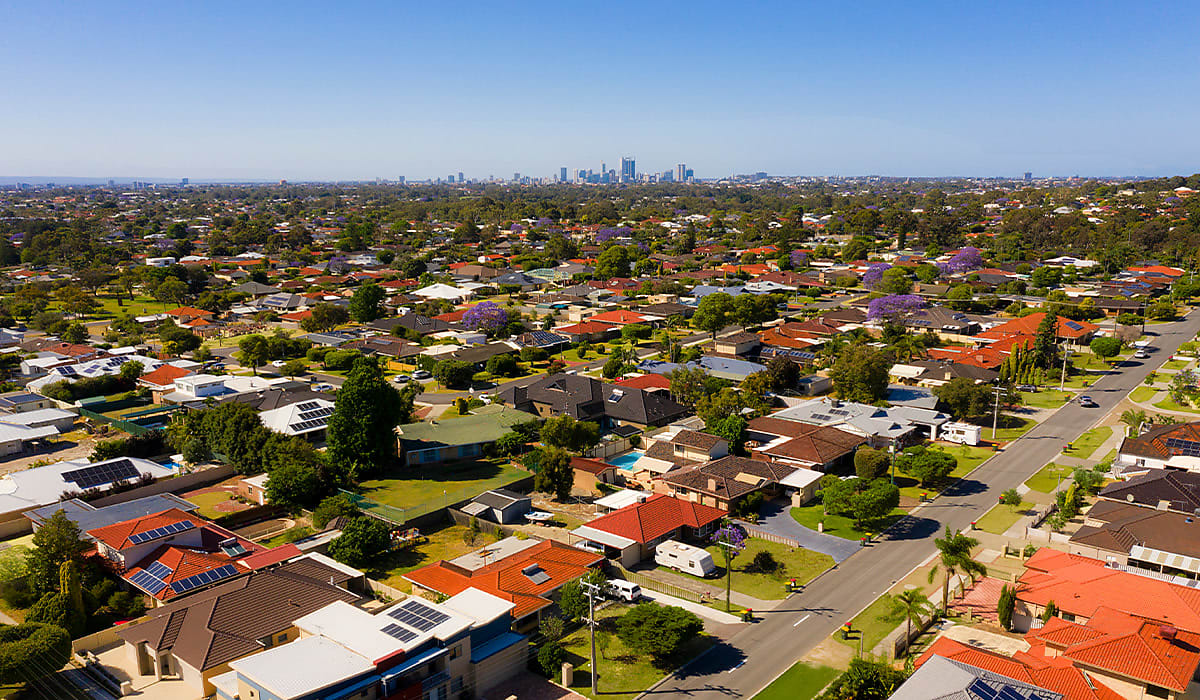What buyers need to know about spring listings volumes
The flow of new listings coming onto the market this September was 8.8 per cent higher than the five-year average.

Data from CoreLogic shows that listings are on the rise – more so than would normally be expected during the traditionally busy spring period.
Tim Lawless, CoreLogic’s research director, acknowledged that while “the rise in real estate inventory is a seasonal trend, with spring and early summer one of the busiest periods of the year for selling”, the volume coming onto the market in 2024 marks a change from the years that saw prospective vendors holding back due to perceived unfavourable conditions.
“The flow of freshly advertised housing stock hasn’t been this high at this time of the year since 2021,” Lawless noted.
But the inflow in listings hasn’t necessarily been met by a rise in demand. According to CoreLogic’s data, auction clearance rates have gradually decreased to the low 60 per cent range across the combined capital cities, which is about 4 percentage points below the decade average.
Similarly, homes sold by private treaty are spending longer on the market, rising to a median 32 days on market, up from 29 days in June and 27 days this time last year.
Slow but steady price growth
Even with slightly softer conditions this spring, dwelling prices have continued to rise at at the same, modest pace witnessed over winter. According to CoreLogic, dwelling values increased 0.4 per cent in the first month of spring, broadly in line with the monthly change in July and August at 0.3 per cent.
Over the September quarter, housing values rose 1 per cent nationally, which is the lowest rise recorded by CoreLogic over a rolling three-month period since March 2023, when the market was moving through the early phases of the current upswing.
Movement across the capitals was mixed, with four capital cities recording a fall in dwelling values through the September quarter, led by Melbourne where values were down 1.1 per cent. Canberra, Hobart and Darwin followed with lesser decreases.
In Sydney, home values continued to rise with an increase of 0.5 per cent through the September quarter.
Price growth even appeared to be slowing across the capitals that have led growth in recent months, with Perth values rising 4.7 per cent through Q3, easing from 6.2 per cent in the June quarter, Adelaide appearing to have hit its peak with a 4 per cent rise through the quarter, and Brisbane’s quarterly growth falling back to 2.7 per cent, its lowest rise over a rolling three-month period since April last year.
PropTrack also released its monthly price data, revealing that regional areas actually outpaced the combined capitals over September, with the former up 0.11 per cent over the month and the latter rising just 0.01 per cent.
From a 12-month perspective, PropTrack has national prices up 5.88 per cent over the past year, with regional Western Australia leading the pack at a rise of 15.47 per cent and regional Queensland up 10.98 per cent. Regional Victoria, meanwhile, recorded the largest fall, dropping back 1.32 per cent.
PropTrack’s senior economist Eleanor Creagh said that despite the more modest growth, “housing demand remains resilient, defying affordability constraints with prices lifting across much of the country in September, albeit at a slower pace in most markets”.
She noted that even while July’s tax cuts had provided a slight boost to borrowing capacities and buyers’ budgets, economic factors continue to exert pressure to constrain growth.
“Though prices are rising, sustained high interest rates, cost of living pressures, weak consumer sentiment and affordability constraints are weighing. Buyers now have more properties to choose from, though uncertainty around the timing of interest rate cuts is likely also having an impact on the pace of growth. Ahead, prices are expected to lift through the typically busier spring selling season, albeit at a slower pace,” she said.
Rental ceiling holds
According to CoreLogic, rents increased just 0.1 per cent over the September quarter, which is the smallest change over a rolling three-month period in four years. This marks the fifth straight month in which home values have increased at a greater rate than rental prices.
Lawless attributed the slowdown in rental growth to the dual factors of easing net overseas migration alongside tenants’ wallets hitting an affordability ceiling, triggering a restructuring of demand.
“The latest demographic trends from the ABS showed net overseas migration reduced by 19 per cent from the record highs in the first quarter of 2023. The March quarter of 2024 saw 133,800 net overseas migrants arrive in Australia, 31,700 fewer than a year prior, helping to take some pressure off rental demand,” Lawless noted.

